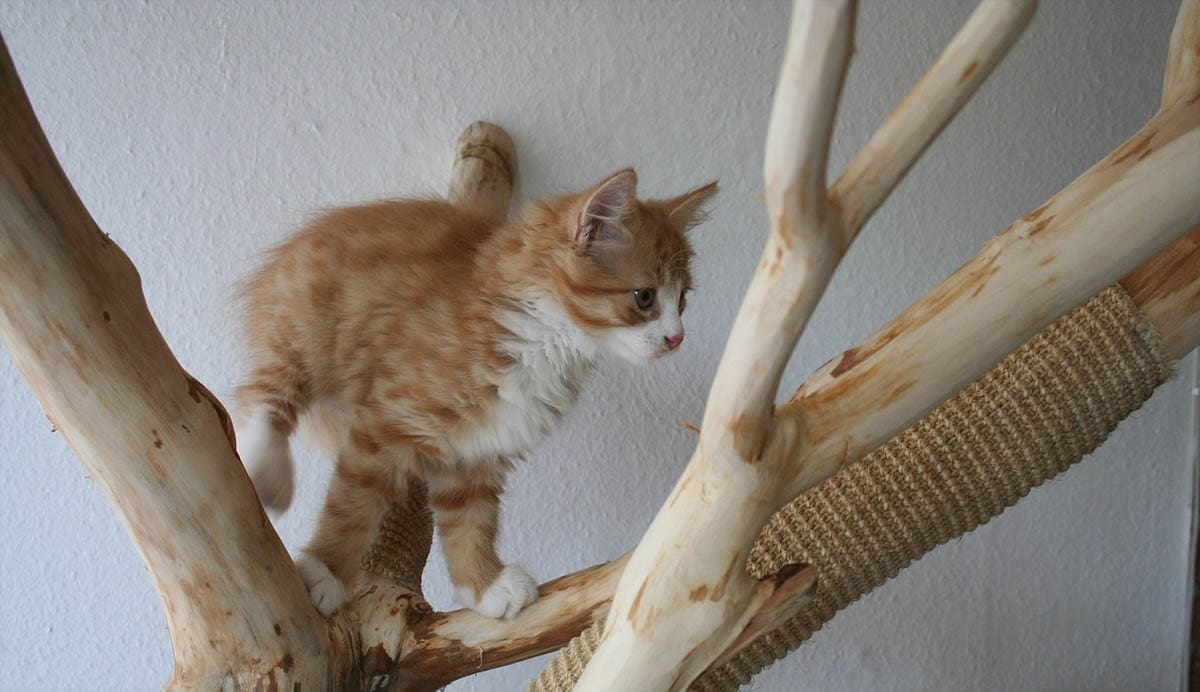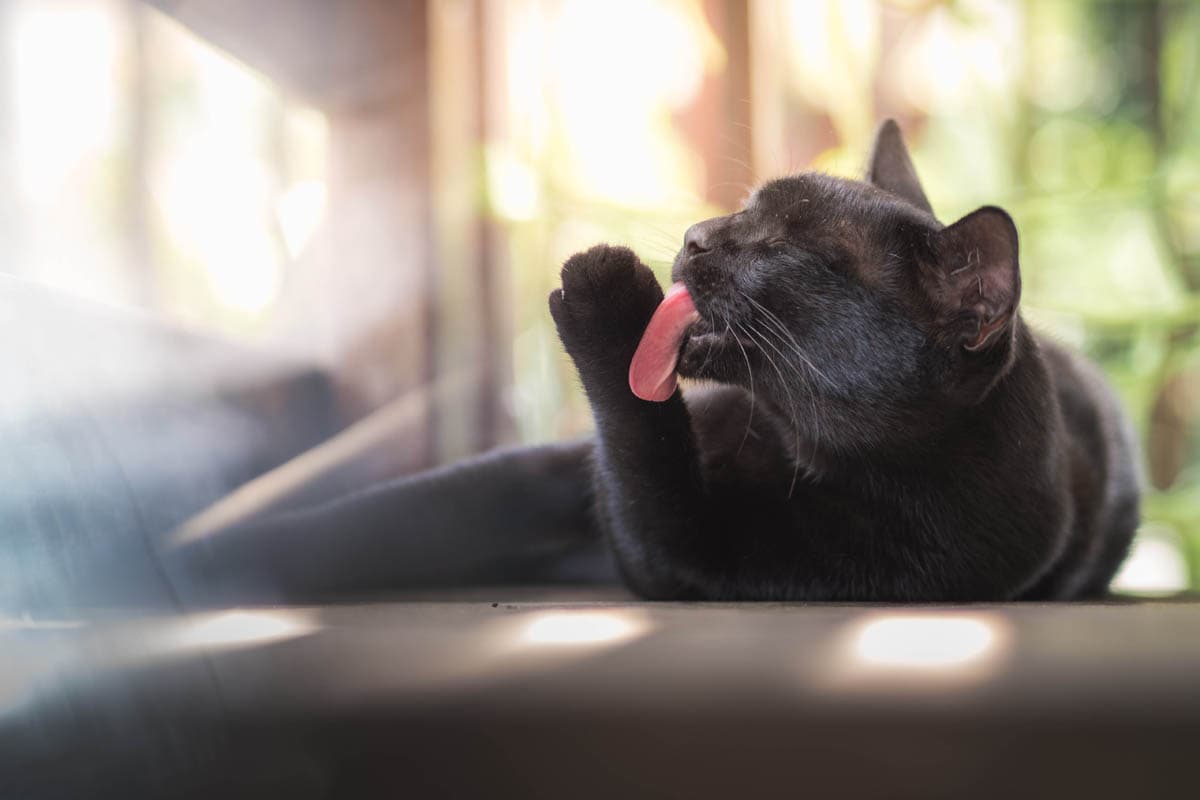Why should cats be indoors?
More and more cat owners are realising the dangers of allowing a cat to free roam and it is very common for cats to be entirely indoors now. There are so many benefits to keeping your cat indoors.
- Dogs – Unfortunately many outdoor cats are killed and seriously injured in dog attacks.
- Cars – Another common fatality in cats. Unfortunately, cats have no road sense.
- Animal abusers – Sad but true, not everybody loves animals, and some derive great pleasure in killing cats. I have also heard from pet owners whose cats have been deliberately poisoned by irate neighbours who resent cats entering their garden.
- Eliminates hunting of native wildlife, plus eliminating the risk of your cat picking up a disease from an infected animal.
- Disease prevention – Greatly reduces the chances of your cat picking up a parasitic infection such as fleas and worms.
- Preventing injuries from cat fights. The most common injury is an abscess which is incredibly painful to a cat and will need to be treated by a veterinarian.
- Accidental poisoning or deliberate poisoning.
- Theft – This may occur because somebody takes a fancy to your cat, there are also sinister reasons to steal cats such as providing them to animal laboratories for testing.
- Lower veterinary bills. Due to the reduced risks of injury and parasitic infections in indoor cats, you will have much lower veterinary bills.
How to keep your indoor cat entertained

An indoor cat can be a happy cat. Below are some suggestions on ensuring your indoor cat remains entertained and happy.
Build a cat enclosure: If it is at all possible you can give your cat the best of both worlds by providing a screened-in porch or outdoor cat enclosure. The cat can enjoy the great outdoors without the risks associated with free-roaming. There are many great cat enclosures and porches which are available in all shapes and sizes. They can be homemade or supplied by a specialised cat enclosure company.
Train your cat to walk on a leash: Leash training can be a safe and beneficial way to let a cat explore the great outdoors while remaining safe. It eliminates the risk of escaping and hunting. Ideally, harness training should begin when the cat is young, however, it is still possible to train an adult cat to walk on a leash.
Provide a cat tree: Cat trees provide the opportunity to climb and survey his or her environment from a safe height. The ideal cat tree will be 5 – 6 feet tall with shelves and perches at different heights and at least one area with sisal or carpet for the cat to sharpen its claws.
Place perches on windowsills: This will let your cat enjoy the sun and watch the outside world.
Keep a supply of toys on hand: Indulge in your cat’s instinct to prey and hunt by providing appropriate toys. These can include toy mice, corks from bottles, shower curtain rings, ping pong balls, wand-type toys, and interactive toys. Cats love to hide, so provide him with plenty of entertainment just by giving it an old box or two or even a large paper bag (never use a plastic bag) to play with and hide in.
Make some time daily to play with your cat: This will not only provide him with stimulation but also encourage exercise.
Bring the outside in: Bring some catnip or cat grass inside or take a small seedling tray, fill it with potting mix and add some grass seeds for a cat-sized lawn to enjoy.
Consider having two cats: They can play together, sleep together and keep each other company when the humans are at work.
Cardboard boxes: Cheap, easy to obtain and will provide your cat(s) with hours of fun. See our article on cats and boxes.
Other needs
Routine: Cats thrive on routine, they like to be fed at the same time every day. It is recommended that playtime is scheduled before a meal to simulate how he would behave in the wild. Stalking and hunting his prey, eating it, and finally a nap.
Space: This is especially important in multi-cat households so that each cat has the opportunity to be on his own. Provide multiple areas for cats to relax. Cat trees, shelving, cat beds, hammocks all allow space should your cat want to be alone.
Multiple feeding stations: Cats don’t like to share their food bowls and forcing them to do so can lead to one cat eating more than his fair share or forcing cats to eat too quickly which can lead to vomiting. Provide each cat with his or her own food bowl and don’t line them all up next to each other.
Love and attention: Make sure you have enough time to give each cat individual attention in the form of love and scheduling play sessions for each cat.

